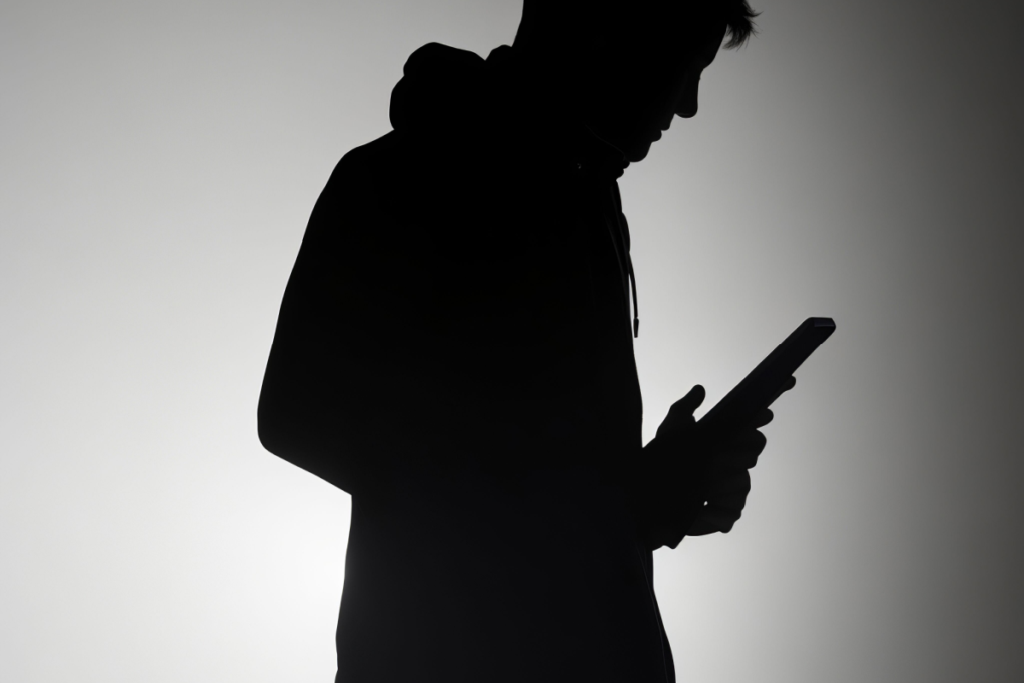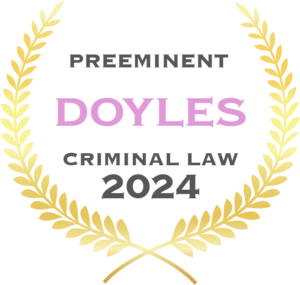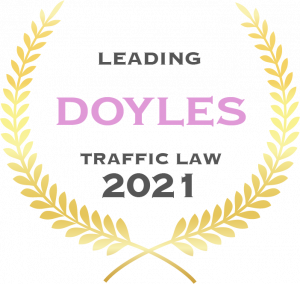One in ten Australian adults have experienced their intimate image/s being shared without consent, with mainstream social media services used as the predominate channels for distribution. In NSW, there are laws in place to prohibit the sharing of ‘revenge porn’ and intimate images, with these offences attracting significant penalties.
What is an intimate image?
As defined by section 91N of the Crimes Act 1900 (NSW), an ‘intimate image’ is an image of a person’s private parts, or of a person engaged in a private act, in circumstances in which a reasonable person would reasonably expect to be afforded privacy.
This can also be an image that has been altered to appear to show a person’s private parts, or a person engaged in a private act, in circumstances in which a reasonable person would reasonably expect to be afforded privacy.
‘Private parts’ means a person’s genital area or anal area, whether bare or covered by underwear, or the breasts of a female person, or transgender or intersex person identifying as female, whether or not the breasts are sexually developed.
Circumstances relating to “engaged in a private act” include:
- In a state of undress;
- Using the toilet, showering or bathing;
- Engaged in a sexual act of a kind not ordinarily done in public; or
- Engaged in any other like activity.
Offences relating to intimate images
Record intimate images without consent
Under section 91P of the Crimes Act, it is an offence to record, take or capture an image by any means, of an intimate image of another person. For this offence to be proven, it must be shown that a person intentionally made the recording without the consent of another person and knowing the person did not consent to the recording or being reckless as to whether the person consented to the recording.
The maximum penalty for this is a fine of $11,000 or imprisonment for 3 years or both.
Distribute intimate images without consent
Under section 91Q of the Crimes Act, it is an offence to intentionally distribute an intimate image of another person.
It must be shown that the person, without the consent of the other person and knowing the person did not consent to the distribution or being reckless as to whether the person consented to the distribution,
The maximum penalty for this is a fine of $11,000 or imprisonment for 3 years or both.
Threaten to record or distribute an intimate image
According to section 91R of the Crimes Act, it is an offence to threaten to record or distribute an intimate image of another person.
The maximum penalty for this is a fine of $11,000 or imprisonment for 3 years or both.
The threat can be made by any conduct and may be explicit or implicit and conditional or unconditional. A threat to distribute an image can be made out, irrespective of whether or not the image exists.
The maximum penalty for this is a fine of $11,000 or imprisonment for 3 years or both.
Exceptions to the offences relating to the intimate image
Section 91T specifics that an offence recording or distributing intimate images does no arise if:
- the conduct alleged to constitute the offence was done for a genuine medical or scientific purpose; or
- the conduct alleged to constitute the offence was done by a law enforcement officer for a genuine law enforcement purpose; or
- the conduct alleged to constitute the offence was required by a court or otherwise reasonably necessary to be done for the purpose of legal proceedings; or
- A reasonable person would consider the conduct of the accused person acceptable, having regard to each of the following (to the extent relevant)—
- the nature and content of the image;
- the circumstances in which the image was recorded or distributed;
- the age, intellectual capacity, vulnerability or other relevant circumstances of the person depicted in the image;
- the degree to which the accused person’s actions affect the privacy of the person depicted in the image;
- the relationship between the accused person and the person depicted in the image.
Rectification following contravention of section 91P or 91Q
Under section 91S, if a person is found guilty of an offence against section 91P or 91Q, the court may order the person to take reasonable actions to remove, retract, recover, delete or destroy any intimate image recorded or distributed by the person in contravention of the section within a period specified by the court.
If without reasonable excuse, you contravene this order, you will be guilty of an offence which carries a maximum penalty of $5,500 fine or imprisonment for 2 years, or both.
Key Takeaways
- NSW laws prohibit "revenge porn" and the unauthorized sharing of intimate images, with significant penalties for violations.
- An "intimate image" is defined as one showing private parts or acts where privacy is expected, including altered images.
- Offenses include recording, distributing without consent, or threatening to distribute intimate images, each carrying heavy fines or imprisonment.
- Exceptions exist for genuine medical, scientific, law enforcement, legal proceedings, or when deemed acceptable by reasonable standards.
- Courts can order offenders to delete or retract distributed intimate images, with penalties for non-compliance.
Need an Experienced Criminal Lawyer?
If you or someone you know needs legal advice or representation for a criminal law matter, contact the team at Hamilton Janke Lawyers 24/7 by calling 4038 1666.
Photo: PA/PA
Written By

James Janke
James Janke is founding partner at Hamilton Janke Lawyers, and has more then decade of experience as a Criminal Defence Lawyer. Admitted to both the Supreme Court of New South Wales and High Court of Australia




